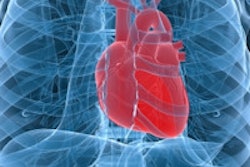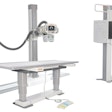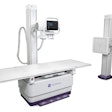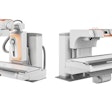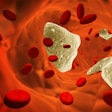Dear Digital X-Ray Insider,
Radiography has many positive attributes, but sometimes it may not be the best imaging modality for the diagnostic question at hand -- literally.
Researchers from Turkey investigated the use of computed radiography for detecting wrist fractures in the emergency room, comparing it with CT. We're highlighting their findings as this edition's Insider Exclusive.
The group found that radiography missed one-third of the fractures picked up by CT, and even when suboptimal radiographs were excluded, the modality's performance did not rise to a satisfactory level. Click here to read the article before it's available to the rest of the AuntMinnie.com membership.
In other news in the Digital X-Ray Community, researchers from Europe are investigating phase-contrast x-ray tomography, an experimental technique they hope could eventually become useful in the clinical setting. The method holds promise for producing images with better contrast than traditional x-ray, but which of three techniques is best? Find out by clicking here.
While we're on the subject of mysterious new x-ray techniques, click here for a story on research into neutron radiography, which uses neutrons to create images of elements.
If you're going to the RSNA 2014 show in Chicago next month (and we know many of you are), be sure to check out a fascinating exhibit being shown as part of the RSNA's Centennial celebration. The exhibit features the work of Dutch medical physicist Arie van 't Riet, PhD, who creates artistic images he calls "bioramas" by superimposing plants, animals, and other items into an x-ray field. You need to see it to believe it, so click here for our article by copy and production editor Nicole Pettit ... and be sure to look up the exhibit next month in McCormick Place.






